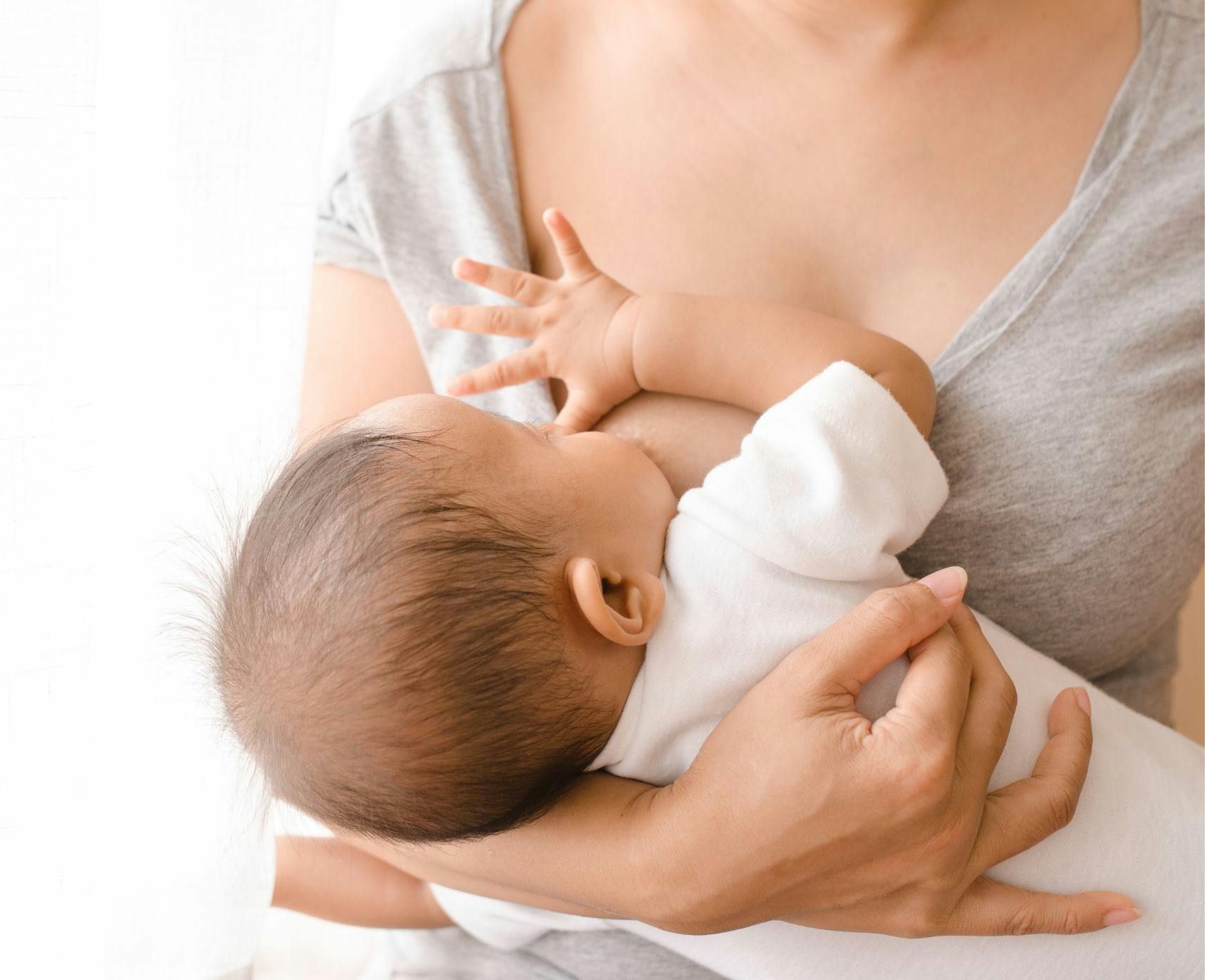‘Health for all’: recognising breastfeeding as a carbon offset
Country investments in breastfeeding should be considered a carbon offset in global plans for sustainable food, health and economic systems, according to a new report led by experts from The Australian National University (ANU).
The report is part of a special issue of the Bulletin of the World Health Organization (WHO) and reinforces its calls for radical changes in how decisions on human and planetary health and well-being are made.
According to the experts, 21.7 billion litres of human milk are annually lost because governments fail to invest in supporting breastfeeding.
Meanwhile, commercial milk formula – generating a quarter of a tonne of greenhouse gas emissions to feed a baby for the first six months of life – is counted as boosting Gross Domestic Product (GDP) growth, yet its harm to the environment is unmeasured.
ANU Associate Professor Julie Smith, an expert who has advised on breastfeeding economics to the WHO and the US Surgeon General’s Office, said the United Nations’ Clean Development Mechanism (CDM) is a potential platform for recognising breastfeeding as a carbon offset.
“The CDM is the most important funding source for income redistribution between countries to address climate change,” she said.
“Integrating breastfeeding into this key UN carbon offset scheme benefits the populations in developing countries most burdened by the harms of the commercial milk formula industry while acknowledging the value of women’s breastfeeding efforts for mitigating greenhouse gas emissions.”
The experts argue that recognising breastfeeding investments as a carbon offset in the CDM would impactfully redirect international financial resources away from expanding carbon-emitting activities.
“One kilogram of commercial milk formula generates around 11 to 14 kilograms of greenhouse gas and uses more than 5,000 litres of water during the product life cycle, as well as multiple other harms to planetary health,” said co-author, Dr Phillip Baker, from the University of Sydney.
Alive & Thrive Southeast Asia Pacific Director and co-author, Roger Mathisen, added: “Lack of support for breastfeeding increases disease prevalence in women and children, leading to higher healthcare costs and caregiver burdens.
“Yet, GDP counts these extra costs as economic growth while ignoring the multiple environmental harms, like greenhouse gas emissions, linked with commercial milk formula production.”
Breastfeeding women nourish half the world’s infants and young children, yet, according to the experts, this productive and valuable work is rarely resourced in national budgets.
“Feeding and nourishing children is highly gendered work that is often ignored and under-valued by policymakers,” Dr Baker said.
“Governments need to better recognise women’s contributions to sustainable food production, including breastmilk, in international and national food balance sheets.”
Under the CDM, lower-middle-income countries could be financed by high-income countries for new policies and programs to support high breastfeeding rates, thereby generating offsets to carbon emissions. This could include new funding for skilled birth attendance and maternity care and ending formula marketing misinformation for parents and health workers.
“This should start with recognising breastfeeding as the highest-quality, local, and sustainable first-food system for generations to come, with financial resources going towards what really matters, that is, health for all,” Associate Professor Smith said.
The research builds on earlier pioneering work led by several of the co-authors, including the development of the mother’s milk tool, which helps estimate the economic value generated by breastmilk production.
The report is available in the Bulletin of the World Health Organization.
Top image: Mother breastfeeding. Photo: Lifebrary
Contact the media team
You may also like
ANU funding wins to improve quality of life for all Australians
An Indigenous wellbeing index and stopping the ‘loneliness epidemic’ are just some of six ANU projects to receive government funding.
From little things, big cures grow
Nine-year-old Zara Skepev is on a mission to support brain cancer research and empower female scientists.
Study shows link between PTSD and autism
Despite the complexity of autism spectrum and PTSD, new research from The Australian National University (ANU) and the University of Queensland may have found a link that could help to better understand the two.

